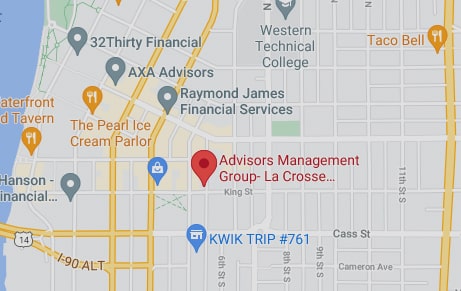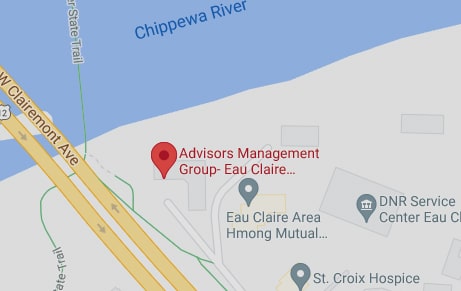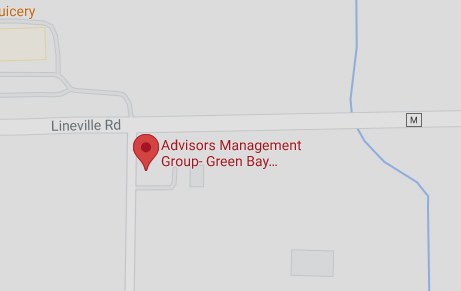I have routinely recommended that people use a bank safe deposit box to store valuable papers and small assets. These include documents like wills, trust documents, ethical wills, and unrecorded deeds. Valuable assets include diamonds, gemstones, jewelry, bullion, and small collectibles like rare coins, stamps, and trading cards.
The physical protection of a bank vault, plus a system of access requiring two keys kept by the customer and the bank, would seem to provide a great deal of security. Yet several recent news articles suggest safe deposit boxes are not as safe as they seem.
An article in the New York Times reported 44 robberies in the last five years related to safe deposit boxes. Even worse were numerous bank errors in which boxes were moved, misplaced, drilled open, or closed by mistake. A large Maryland bank closed several branches and lost hundreds of safe deposit boxes. One customer lost $500,000 worth of gold and gems.
In each case, banks vigorously fought any requirement to make their customers whole. Even more shocking, no provision of federal banking law regulates safe deposit boxes.
Nor do banks insure the belongings of customers who trustingly store their most precious valuables in safe deposit boxes. The risks fall on the renter. Wells Fargo’s safe deposit box contract caps the bank’s liability at $500. Citigroup limits it to 500-times the box’s annual rent. JPMorgan Chase has a $25,000 ceiling on its liability.
Decades ago, I placed some rare coins in a safe deposit box with a local bank. A few years ago I went to retrieve my valuables, only to find the bank had drilled open the box and sent the contents to the state as abandoned property. I learned that when I relocated my office, the change of address notification failed to carry through to the annual billing notice for the safe deposit box fee. After three years of non-payment, the bank chose to go through the effort of drilling open the box and shipping the contents to the State Treasurer’s office. It would have been simpler to spend a few minutes looking up my information and contacting me.
Eventually, I was able to retrieve the contents of the box. I was lucky.
An international expert in rare watches stored 92 watches plus rare coins, worth millions, in a safe deposit box at a Wells Fargo bank branch. Wells Fargo had evicted another customer for non-payment and drilled open the wrong safe deposit box. The customer found his “safe” deposit box empty. Wells Fargo executives could only find 85 of his watches.
The customer sued. Wells Fargo admitted in court that its employees had mistakenly drilled into and terminated the wrong box. The unrecovered items included gold coins and a watch estimated to be worth nearly a million dollars. After years of litigation and appeals, Wells Fargo has offered no restitution.
If a “safe” deposit box isn’t really safe, what can you do instead? Here are a few suggestions.
- Consider investing in a high-quality home safe for small valuables and important documents.
- Scan all important documents and save copies in a secure online “vault.” Many financial planners provide such online backup storage.
- If you do use a safe deposit box, choose one at the bank you use regularly and open it at least once a year.
- No matter where you keep your valuables, insure them adequately. Standard homeowner coverage is probably not enough.
- Share passwords and access codes with another trusted person.
Finally, ask before you store. Understand a bank’s policies and coverage limits before you trust it with your valuables.
Source: Advisor Perspectives



